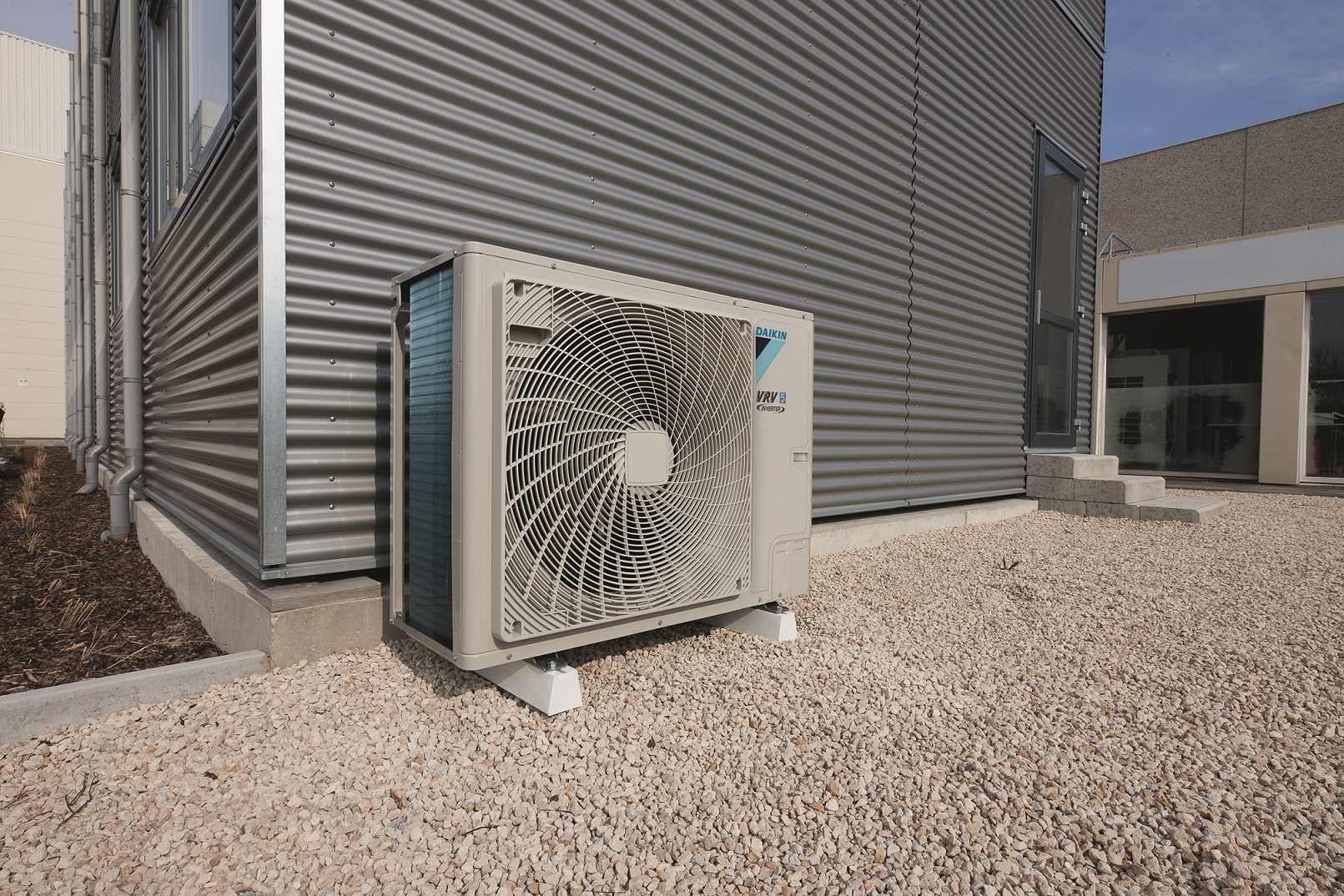We have all seen the heightened focus on indoor air quality recently, with increasing pressure to ensure our buildings are well-ventilated and their occupants provided with a clean, healthy environment. However, as we all spend more time indoors, especially during these cold winter months, how can we ensure that we are balancing our health with that of the planet?
Already, it is estimated that we spend up to 90% of our time indoors – a figure that has only increased during recent months. With this in mind, the need to provide healthy indoor environments has never been so pressing, especially given that poor air quality, in particular, has been linked to a host of health conditions.
Indoor air quality
Defined as the quality of air in and around a building, particularly in relation to the health and comfort of occupants, indoor air quality can be affected by numerous factors, with pollution coming from both interior and exterior sources. Sources of outdoor air pollution can include road traffic, industrial processes, construction sites and particulate matter, NO2, CO and pollen; all of which can be brought into a building through natural or mechanical ventilation and via infiltration through the building fabric.
But there are also pollution sources inside a building, such as Volatile Organic Compounds (VOCs) given off by wall and floor coverings, furniture and appliances as they age and degrade; dust, damp and mould; and of course, occupants themselves, who breathe out CO2 and can spread colds and viruses.
A balancing act
While ensuring a plentiful supply of fresh air may seem the obvious solution to poor air quality, this must also be viewed within the context of overall building efficiency. Especially in modern building design, the pressure to reduce energy consumption and satisfy the BREEAM and LEED assessment targets can often result in the emphasis falling on delivering high levels of energy efficiency through insulation and air-tightness. However, unless sufficient ventilation is included in the building design, this approach can lead to increased potential for allergies and odours, low oxygen levels and the risk of condensation build-up.
Taking a whole-building approach to climate control is, therefore, the best way to strike this balance, with ventilation being the cornerstone to good building health. Fundamentally, ventilation aims to remove stale indoor air and replace it with ‘fresh’ outdoor air, with HVAC systems designed to extract water vapour, airborne pollutants and odours, control humidity and maintain good indoor air quality.
Through careful design and consideration, it is possible to achieve both effective ventilation and excellent energy efficiency performance – and a number of HVAC solutions are available with energy conservation features, heat recovery ventilation and variable refrigerant volume (VRV) air conditioning systems.

Climate protection
At Daikin, we are determined to reduce our environmental footprint. In the spirit of the Paris Agreement, we aim to be CO₂ neutral by 2050.
As part of this, we formulated our Environmental Vision 2050, which has three central commitments. We will reduce the greenhouse gas emissions generated throughout the life cycle of our products. We will create solutions that link society and customers, as we work with stakeholders to reduce greenhouse gas emissions to net zero. And we will use intelligent technology to help us meet the world’s needs for air solutions by providing safe and healthy air environments.

Bringing these commitments to life will require three key stepping stones: a circular economy, smart use and innovative solutions.
Innovative solutions for the future
We know that innovative product design is a key step to achieving this vision of a more sustainable future, with our new VRV 5 S-series forming the latest evolution in our portfolio development. A completely new unit developed specifically for R-32 refrigerant and covering all mini VRV applications, it’s our most sustainable solution yet.
The use of R-32 refrigerant allows the VRV 5 series to offer superior environmental performance throughout the lifetime of the product, as it reduces GWP by 71% compared to R-410A refrigerant and lowers the refrigerant charge by 10%. What’s more, the VRV 5 series offers market-leading real life seasonal efficiency.
Fully optimized for installation in rooms as small as 10m2, its factory-mounted refrigerant response measures mean no additional leak detection is required. Meanwhile, installation and handling are simplified thanks to the ergonomic design, which features a wider access area so components can be easily reached within the low-profile single fan casing.
For more information on the new VRV 5 series, please visit: www.daikin.co.uk/vrv5. To learn more about the factors that influence our internal environments and the solutions that can help achieve the required balance between air quality and energy efficiency, download our white paper ‘Delivering Good Indoor Air Quality’: www.daikin.co.uk/indoorairquality.



